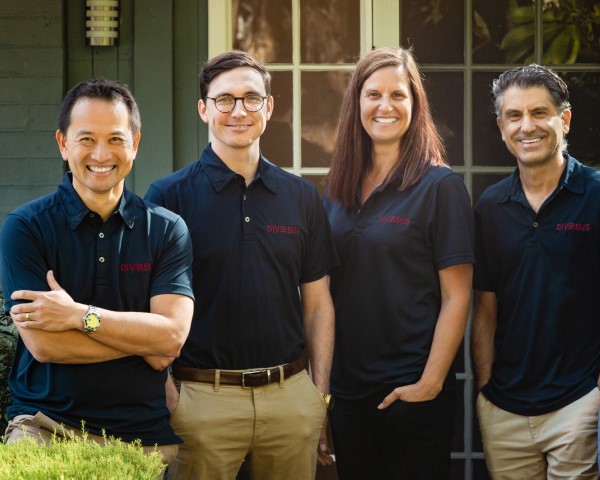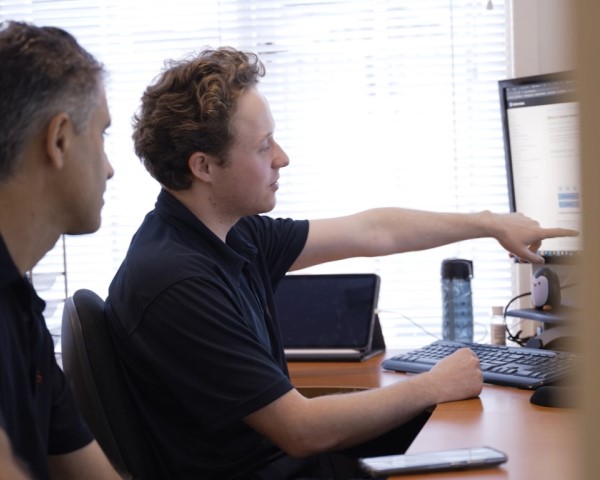Shared practices for technology transformation


Grow your foundation of talent and capability
Your people and partners are central to the successful adoption of new technologies and retaining those ongoing capabilities.
Align participation through strategy and communication
The adoption of new technology is more successful when a clear vision is established upfront and communicated throughout the organisation on an ongoing basis.
Include sustainability and continuity in your early objectives
The outcomes and benefits of adopting new technology are ideally realised on an ongoing basis. This requires the accompanying transformation to deliver the frameworks that support the ongoing operations and technology as they continue to evolve.
Let’s contribute to the capability, strategy, and continuity of your organisation’s initiatives
Your people and partners are central to delivering technology and transformation outcomes and retaining those ongoing capabilities. The team from Diversus bring their experience and expertise from helping many other organisations work through similar initiatives. They can work alongside your own people to provide formal and informal knowledge transfer, further enhancing the development and competency of your own workforce.

Successful transformation and technology adoption need a clear vision to be established and communicated, while the outcomes and benefits need to be realised on an ongoing basis. Your people and partners are an essential part of the decision making, strategy, communication, and ongoing capability required.










